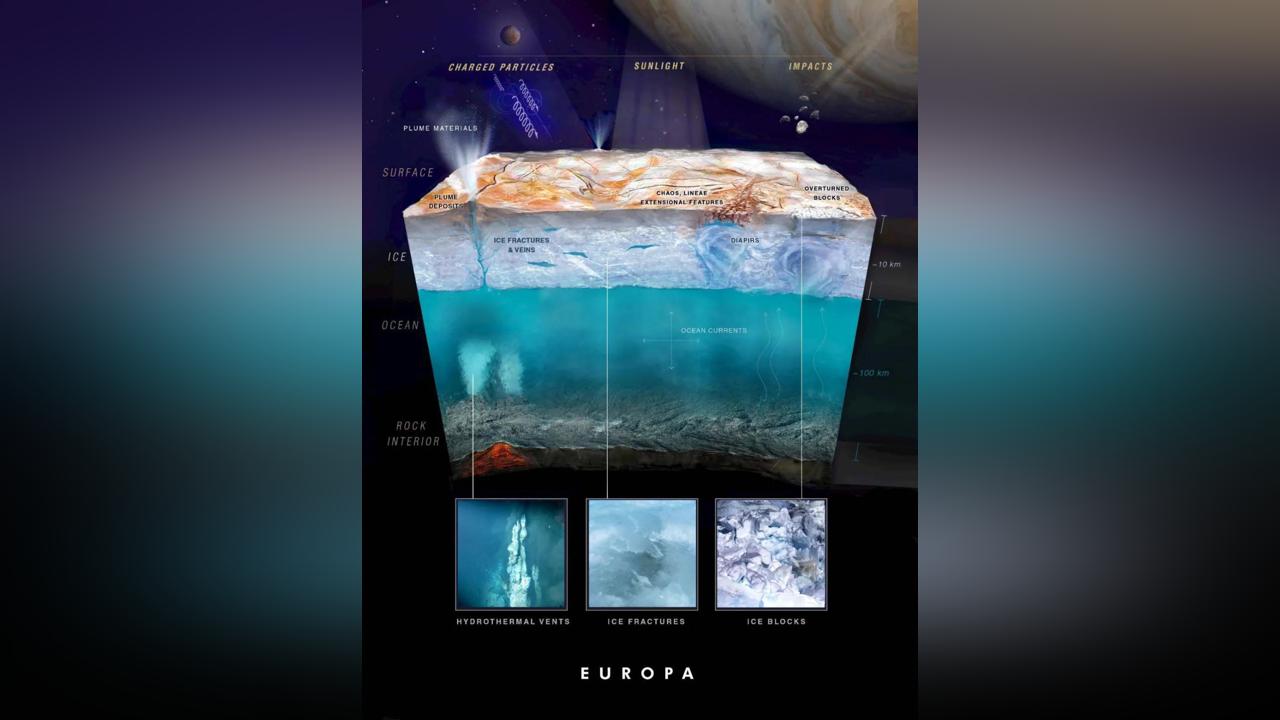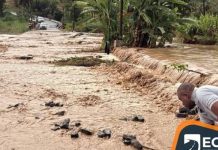Africa-Press – Cape verde. Mercury, Venus, and Mars are all uni-plate planets, and always have been. Here are the reasons why Earth, uniquely, has plate tectonics. Here in our Solar System, of all the known planets, only Earth — not Mercury, not Venus, and not Mars — possesses plate tectonics.
Although Earth is relatively large for a rocky planet, as you can only be about twice as massive before you hang onto a volatile gas envelope, size and internal heat isn’t enough to guarantee plate tectonics.
But clues from Jupiter’s moons, which may exhibit their own version of ice-plate tectonics, might point to the ultimate reason why: water + size makes it possible.
This map of Earth shows, in black, the more than 300,000 earthquake epicenters identified from 1964-present. The earthquake locations clearly trace out a number of “lines” on the map, which correspond to a number of boundaries between tectonic plates here on our planet.
At the boundary between two plates on Earth, they can either diverge, where new crust is produced as the plates pull apart, converge, where crust is destroyed as one plate is pushed beneath another, “transform” where they slide horizontally past one another, or at boundary zones where interactions are unclear.
These are responsible for and related to surface features such as mountain-building, earthquakes, volcanoes, and more. The Hawaiian islands, like most island arcs that form on Earth, initially arose as a mantle plume delivered material up to Earth’s surface by rising through the crust.
Over time, the lava builds up to poke above Earth’s oceanic surface, and then, as the plate slides over so that the forming, growing mountain is no longer over the same hot-spot, a new island begins to form.
Once a mountain has moved off of its hotspot, it can only erode, not grow any further. Lake Baikal, as viewed from space aboard NASA’s OrbView-2 satellite.
Lake Baikal is the 7th largest lake in the world by surface area, but holds more fresh water than any other lake by quite a wide margin. It is the deepest continental rift valley, formed when plates spread apart, known on Earth.
This animation shows the breakup of supercontinent Gondwanaland, which itself was a large subsection of Pangaea at one point, into the smaller continents of South America, Antarctica, Africa, Australia, as well as components of other continents that are recognizable, such as Arabia and India.
For More News And Analysis About Cape verde Follow Africa-Press






